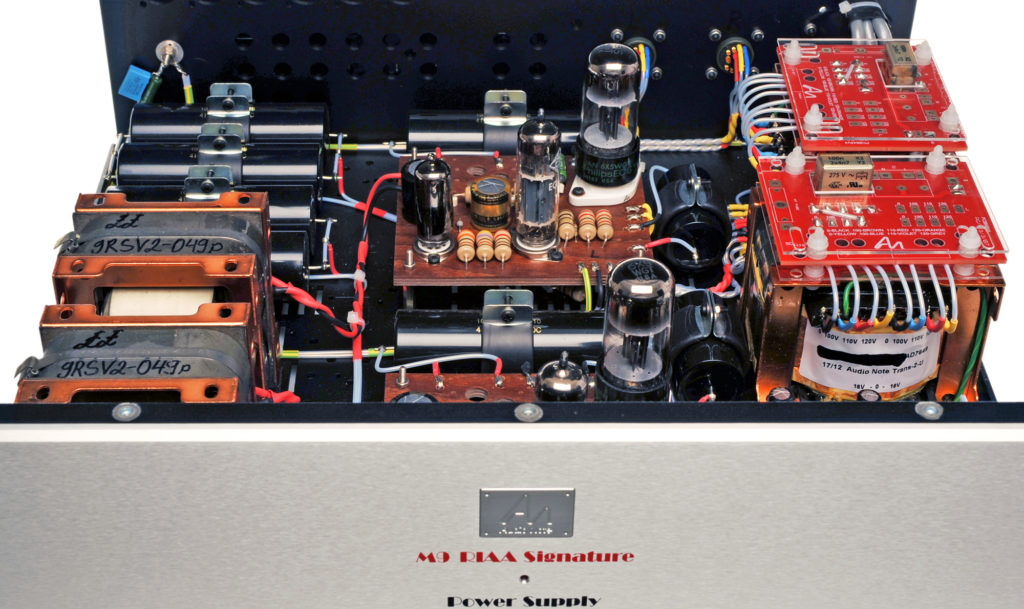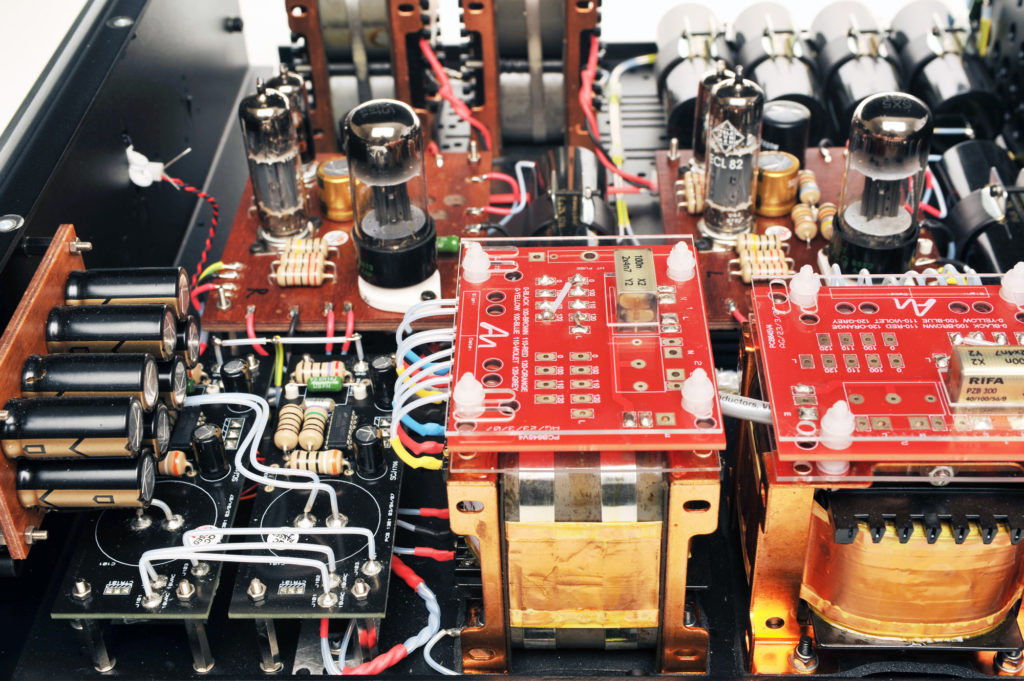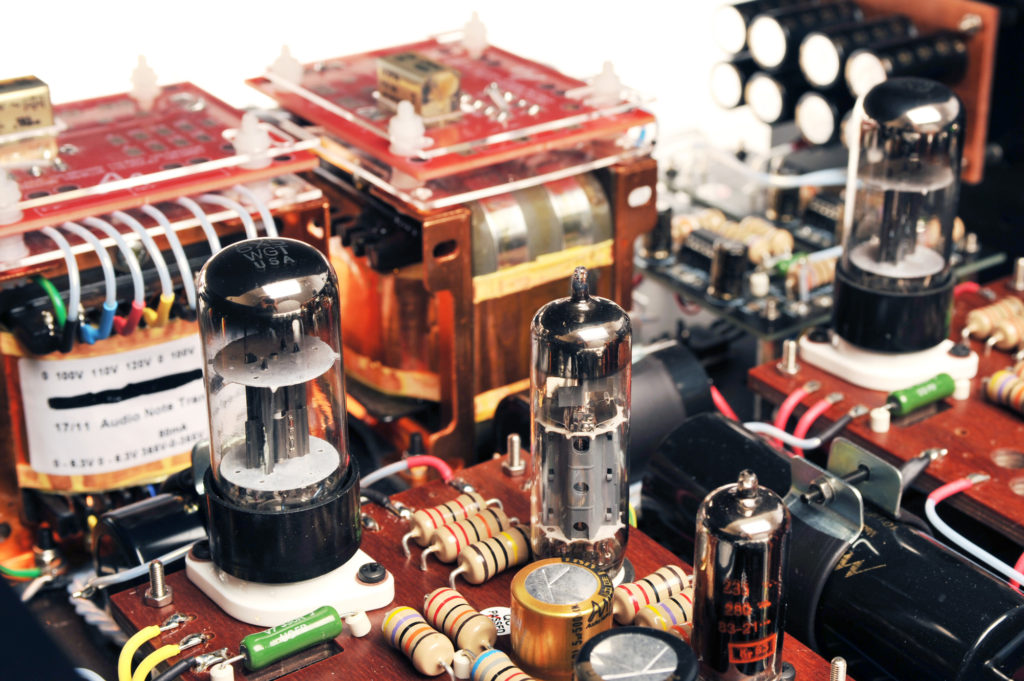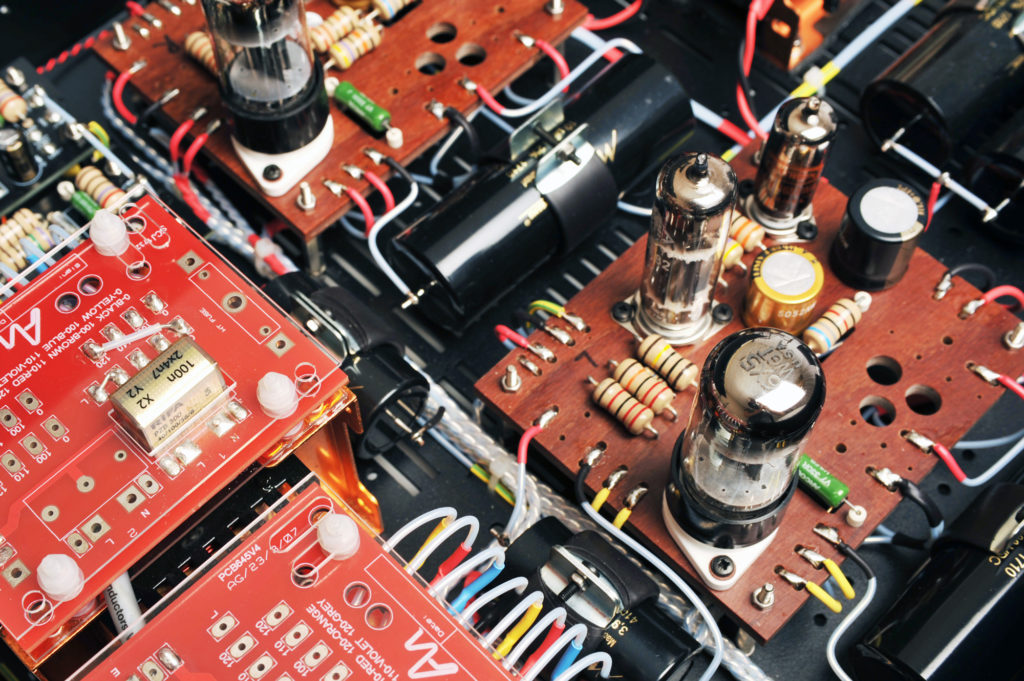Brian Ferry, Bête Noir – is a satisfying torture test for unfamiliar gear. Patrick Leonard, having brought Madonna to success, produced this solo outing for Brian Ferry. Ferry and Leonard seemed to be enormously in sync for this project, which features the forward thrust characteristic of Leonard’s prior work with an increase in the mystery and atmospherics that helped make Avalon such a classic of its time and still strong decades later. What makes the record a torture test, albeit almost always fun, is the atmospherics. I have no idea how some of the transient sounds that float through the mixes are produced and moreover live in wonder that anyone could have come up with them. The drums sound distinctly different on each track. Sometimes, we can understand Ferry’s lyrics, sometimes not.
The AN captures both the detail and the atmosphere in a more sensually satisfying way than I have heard before. The beat throbs in a mysterious land. The bass articulation is terrific. The bass drum has slam. The M9 allows us to understand what Ferry wants us to understand and the rest is the poetics of sound. The only rational response is to turn the record over.
Guilini, Debussy Nocturnes (EMI Concert Classics) –This spacious and atmospheric performance of Debussy’sNocturnes is most well known to audiophiles in its EMI Columbia SAX incarnation, most recently seen on EBay for $285 (or make an offer if one dares). This early “budget” version sounds terrific on the AN and it is far less noisy than the three SAX copies that I have heard. The piece is definitely a challenge with such a quiet first movement. The strings are silky, the hall acoustic reasonably deep, the winds clearly placed and the women’s chorus appropriately ethereal. And yet there is not a hint of mud or distortion. Bass is deep and well grounded.
Ravel Scheherazade Vocals – this early EMI pressing featuring the legendary Janet Baker provided a superb display of the M9 RIAA’s strengths: clarity and detail with exemplary musicality. Much of the time the orchestra, of necessity, played at very soft levels allowing Ms. Baker substantial expressive liberty of which she took great advantage. The AN produces ravishing tonal qualities at all dynamic levels and across all frequency bands, but it is truly splendid when it comes to whispering strings and a quiet voice, yet there was not a moment of least strain as the music surged forward to crescendo. This type of music with this level of reproduction reminds me why working with vinyl remains such a worthy endeavor.
Brahms String Quartet No. 1 Alban Berg Quartet – Telefunken was a prized label back in the day, although one seldom sees it mentioned by audiophiles today. Based upon this recording, I am at a loss to understand why. The level of detail and delicacy was superb. The Alban Berg Quartet was one of the best of its time and this performance is superb: tonally sensitive, but with clear forward motion, concern for structure, and attention to degrees of dynamic expression. In short, quartet playing of the highest caliber. Telefunken sound occasionally is lacking in warmth. While the sound on this release is very aurally pleasing, the AN does not artificially add warmth. It is what it is, yet I keep noticing that the AN seems to have an almost preternatural notion of how to bring the music to the fore, regardless (at least to a point) of the approach of the record maker.
Kenny Wheeler, Music for Large Ensemble, ECM – This was one of the last ECM’s to be pressed on vinyl and is a real challenge for the cartridge/turntable combination on which it is played – a big band with winds and brass and Norma Winstone vocalizing, topping out the dense and evocative harmonies. Then they break into smaller ensembles for the solos, though with the band providing commentary. You want to hear John Abercrombie’s guitar on the left, quietly weaving lines around the melodies and, with the AN, you do. You also hear the warmth of the trombone’s voice in solos, the sudden blatt as he wakes us up. Then Wheeler solos in his peculiar plaintive melody. You can practically hear his breath as he swirls up into an expressive squeal in the trumpeter’s stratosphere, but a squeal with absolutely no ear-splitting edge. Norma Whetstone comes in to sing the melody with her beautiful clear voice. This is all terrifically presented with a rock solid bottom and great clarity where it is needed in the dense choirs of instruments and voice. Yet, the soloists have an almost intimate character.
Conclusion
The Audio Note M9 RIAA Signature exhibits excellent depth of image and focus, at least to the extent available from the recordings, coupled with a very stable three-dimensional soundstage. Self induced noise and hum are virtually non-existent. Likewise, resolution is simply superb. The tonal balance is neither warm (euphonic) nor cold or clinical. The M9 makes no effort to editorialize, only to accurately reproduce the signal it is fed. However, what in my mind is so special about the M9 RIAA Signature in conjunction with the M10 Signature Line stage is their ability to transform even average recordings making them musically compelling.
The AN’s clarity, detail and focus is in service of the music. It also brings an unusual sense of musicality. With an excellent recording, I feel as close as I am likely to get to hearing a real orchestra in action and interaction with itself. With most reproduction, there is always someplace in the mix that is not completely convincing; the strings are slightly edgy, the bass is weak, the winds sound slightly bleached. That shortcoming reduces the effectiveness of the illusion that that there is a live musical event occurring in front of us. While we will always be aware that what we are hearing is an illusion, that illusion is quite believable. The difference in the ambient space alone will give it away. The issue for me, and I assume most of you, is whether we can get enough carried away by the success of the illusion such that we forget about that issue and instead revel in the musical experience.
From the standpoint of the contribution of the phono stage to this illusion, the AN simply does the best job that I have heard. I have lived with some good phono stages, including the Einstein (still a great bargain) and one other great one, the Ypsilon. The Audio Note M9 RIAA is the most musically satisfying of them all in this regard and makes more recordings enjoyable than any other.
Copy editor: Dan Rubin
- ← Previous page
- (Page 3 of 3)





I have their Io gold cartridge and can imagine how the phono stage must sound. But $150,000? Please.
I have enough experience of Audio Note UK’s products, so I can say that they certainly have an incredibly expensive product; but they also have much less expensive ones and customers can upgrade gradually from the entry level to the flagship and be able to hear the differences and improvements, which is a testament to their engineering abilities.